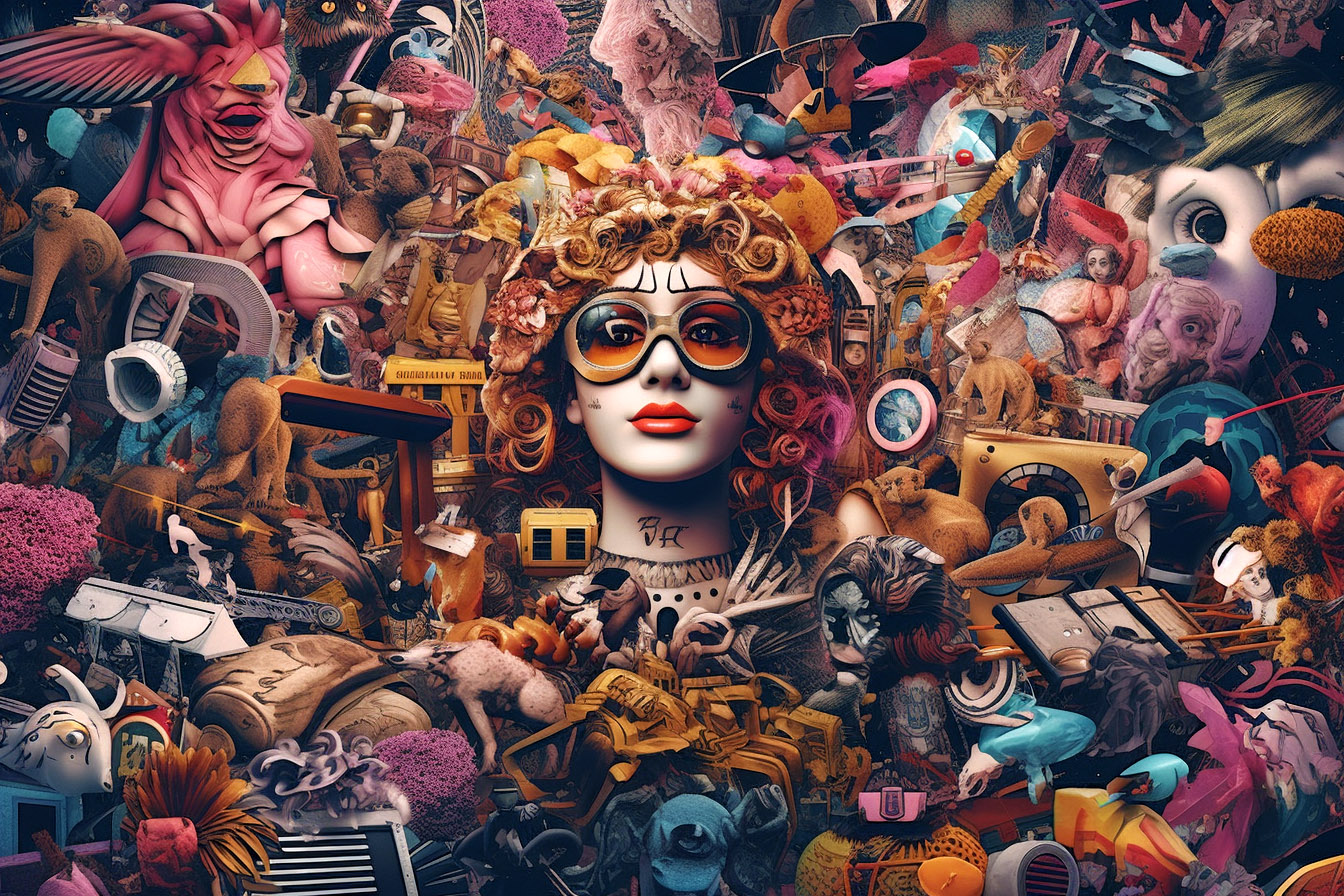In a world obsessed with facts and logic, the power of imagination often remains untapped, underappreciated, and underestimated. But as Albert Einstein once remarked, “Imagination is more important than knowledge.” Innovations would never exist without imagination, and problem-solving would be reduced to mere trial and error. The human capacity to envision, create, and manipulate ideas within the confines of the mind is the birthplace of all advancements. Yet, how often do we consciously work to improve this inherent ability? This article underlines the importance of imagination, ways to identify and develop your unique imaginative style, and the tools and techniques you can use to stimulate and nurture this invaluable asset. We will explore the science behind imagination, real-world examples, and future trends in imagination practices.
Understanding the Power of Imagination
Imagination transcends the ordinary. It fosters innovation, makes us resilient, and is the backbone of creativity. Imagination is crucial whether you are an artist seeking to paint a masterpiece, an entrepreneur envisioning a successful venture, or an engineer designing a new machine. It is how we journey beyond reality, solve problems innovatively, and create new realities.
Identifying Your Unique Imaginative Style
Just as every person has a unique fingerprint, everyone possesses a distinct imaginative style. Some people visualize vivid, detailed images, others think in abstract concepts, and some in narratives or stories. Knowing your imaginative style is the first step towards harnessing and enhancing your imaginative capacity. This understanding will enable you to effectively utilize your imagination in a way that aligns with your natural cognitive preferences.
Tools to Stimulate Your Imagination
Many tools exist that can help to stimulate your imagination. These range from physical tools like journals and art supplies to digital tools like graphic design software and brainstorming apps. Mind maps, vision boards, and creativity games can all prove beneficial in stimulating your imagination and challenging your brain to think outside the box.
Techniques for Improving Imaginative Thinking
Improving imaginative thinking involves both active and passive techniques. Active techniques include brainstorming, doodling, and role-playing scenarios, while passive techniques involve relaxation and letting your mind wander freely. These techniques can enhance your imaginative thinking by giving you a fresh perspective and allowing new ideas to emerge.
The Role of Reading in Expanding Imagination
Reading is a powerful tool for expanding imagination. It exposes us to different worlds, perspectives, and ideas, helping us envision scenarios beyond our immediate surroundings. It exercises our minds, fosters empathy, and stimulates creative thinking.
Imagination in Art and Creative Practices
Art and creative practices are direct reflections of imagination. They provide a physical form to our mental constructs and thoughts. Painting, sculpting, music, dance, and writing all rely heavily on the power of imagination. Engaging in these practices can enrich and expand your imaginative abilities.
Developing Your Imagination through Meditation
Meditation promotes a deep relaxation that can prove conducive to imaginative thinking. Techniques such as visualization meditation allow you to actively use your imagination while relaxed, fostering your imaginative capacities.
The Connection Between Imagination and Problem-Solving
Imagination is not only for artistic endeavors. It is a vital component of practical problem-solving. The ability to imagine different solutions, anticipate their outcomes, and visualize the path to success is vital in personal and professional problem-solving scenarios.
How to Maintain and Nurture Your Imagination
Just like a muscle, your imagination needs regular exercise to stay strong. Engage in creative activities, expose yourself to new experiences and ideas, and dedicate time to daydreaming and mind wandering. Maintaining an open mind and a curious attitude is crucial for nurturing your imagination.
Imagination and Personal Growth
Imagination is integral to personal growth. It allows us to envision our goals, imagine our success, and plan the steps needed to achieve our aspirations. A well-developed imagination enables self-reflection, empathy, resilience, and adaptability, all essential for personal development.
Using Your Imagination for Career Advancement
In the professional sphere, imagination is an indispensable innovation and strategic planning tool. It equips us to think beyond the present, anticipate future trends, and devise creative solutions to challenges. By leveraging your imagination, you can gain a competitive edge, foster a unique personal brand, and propel your career forward.
Inspiring Real-World Examples of Imagination
The world is full of inspiring examples of imagination at work. From Elon Musk’s vision of colonizing Mars to J.K. Rowling’s creation of the magical world of Harry Potter, imagination has been the driving force behind many groundbreaking ideas and successful ventures.
The Science Behind Imagination
Scientifically, imagination is a complex neural process involving multiple brain areas. It involves the frontal lobe, the region responsible for decision-making, and the parietal lobe, which deals with sensory information. It’s also linked with memory, as we often base our imaginative ideas on previous experiences and knowledge. Research continues to unfold the intricacies of this fascinating human ability.
Exercises to Strengthen Your Imagination
Strengthening your imagination involves regular practice. Exercises range from visualizations and guided imagery to creative writing and brainstorming sessions. Remember, the more you practice, the better you will use your imagination effectively and purposefully.
The Future of Imagination: Emerging Trends and Predictions
The future of imagination lies in its increased integration with technology. Advances in virtual and augmented reality, AI, and brain-computer interfaces will further enable us to explore and extend our innovative capabilities. As society continues to recognize the importance of imagination, we can expect to see more emphasis on its development in education and professional training programs.
Conclusion
In conclusion, developing your imagination is a rewarding journey of self-discovery and personal growth. It’s not just about coming up with unique ideas but also about solving problems, understanding others, and shaping your personal and professional life. Remember, your imagination is like a muscle – the more you use it, the stronger it gets. Embrace your imagination, nurture it, and let it guide you toward innovation and creative problem-solving. As you unlock your creative potential, you’ll realize the only limit is the one you set for yourself.
